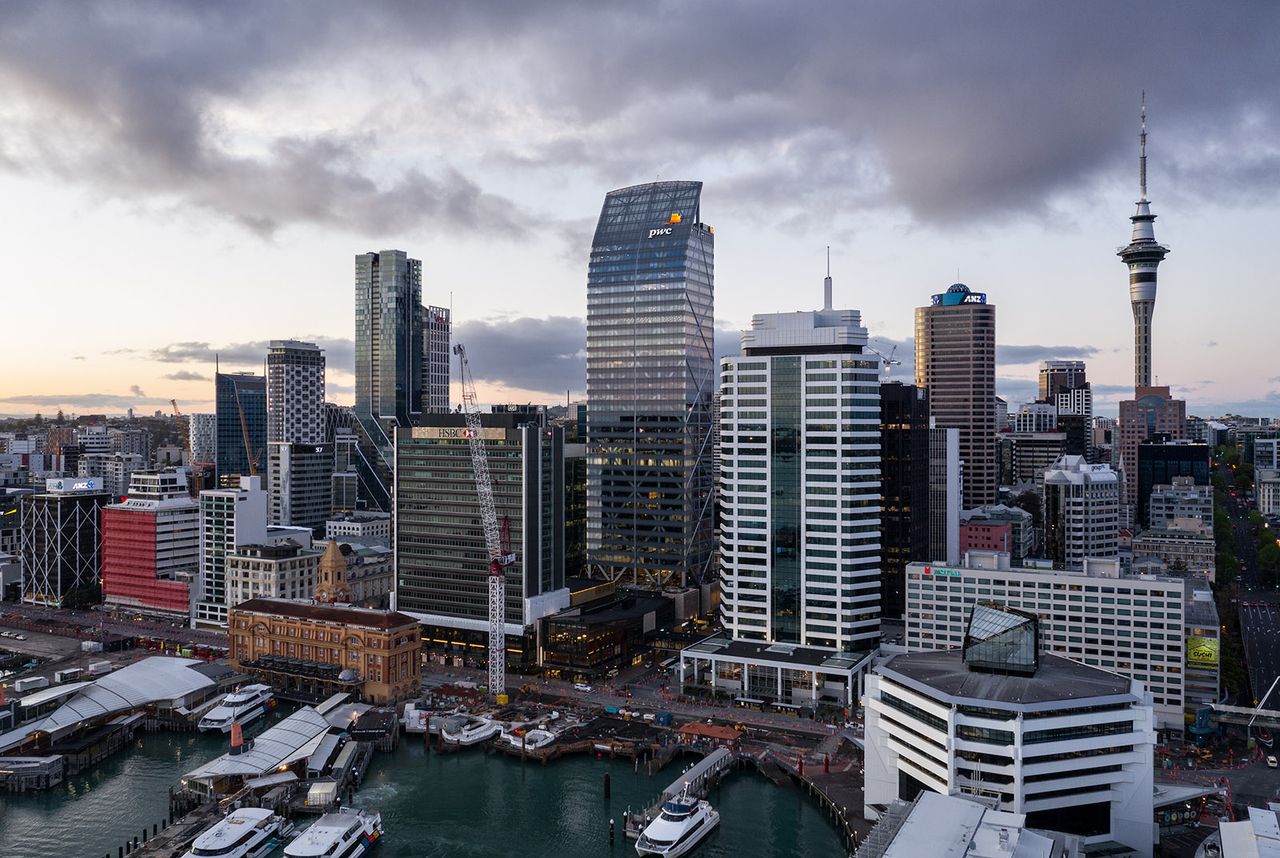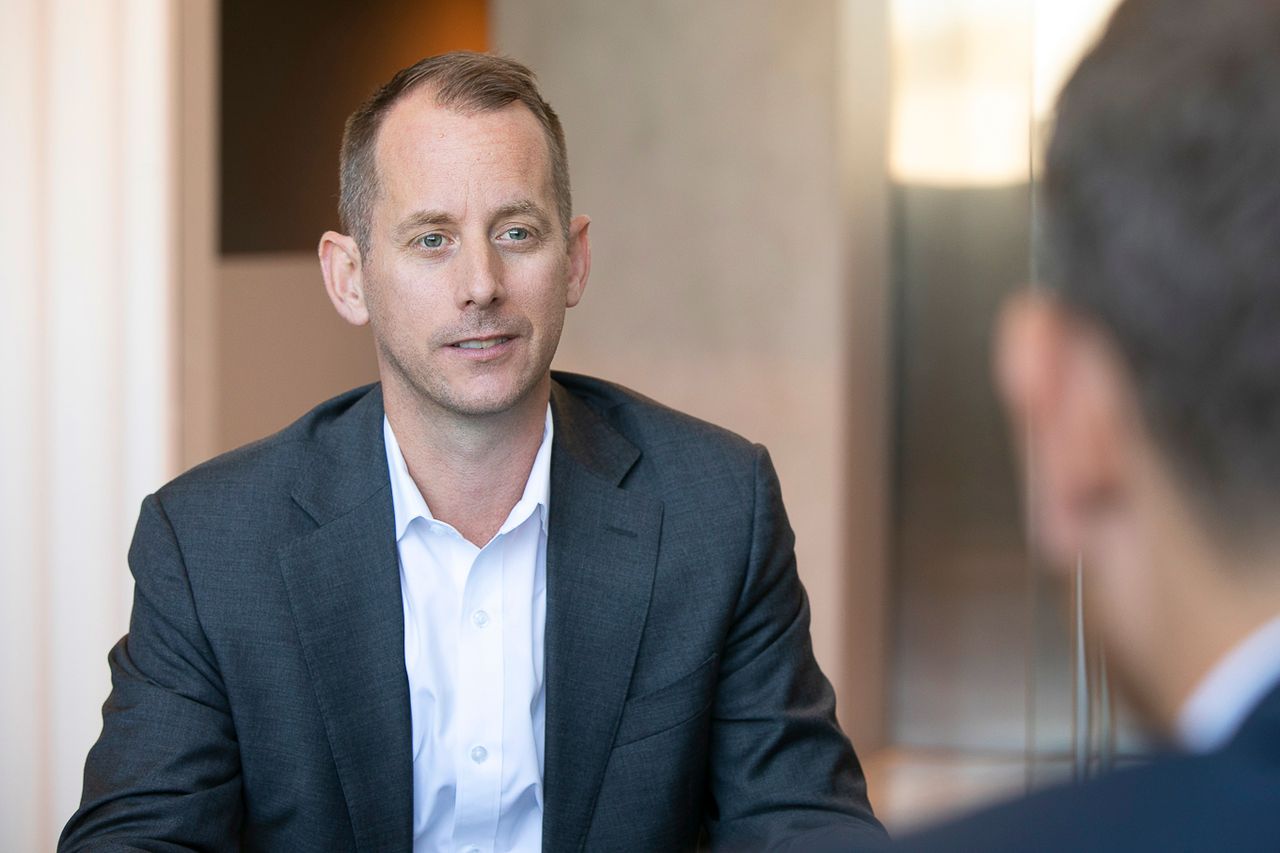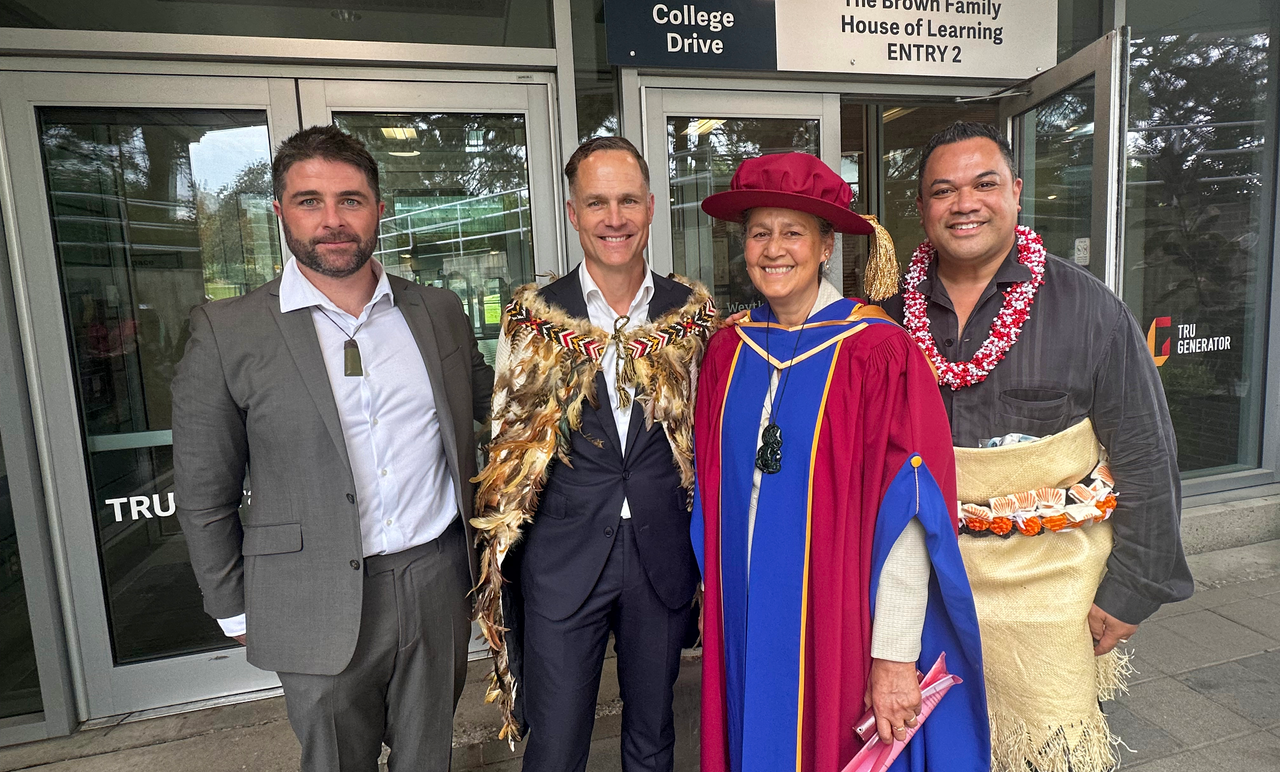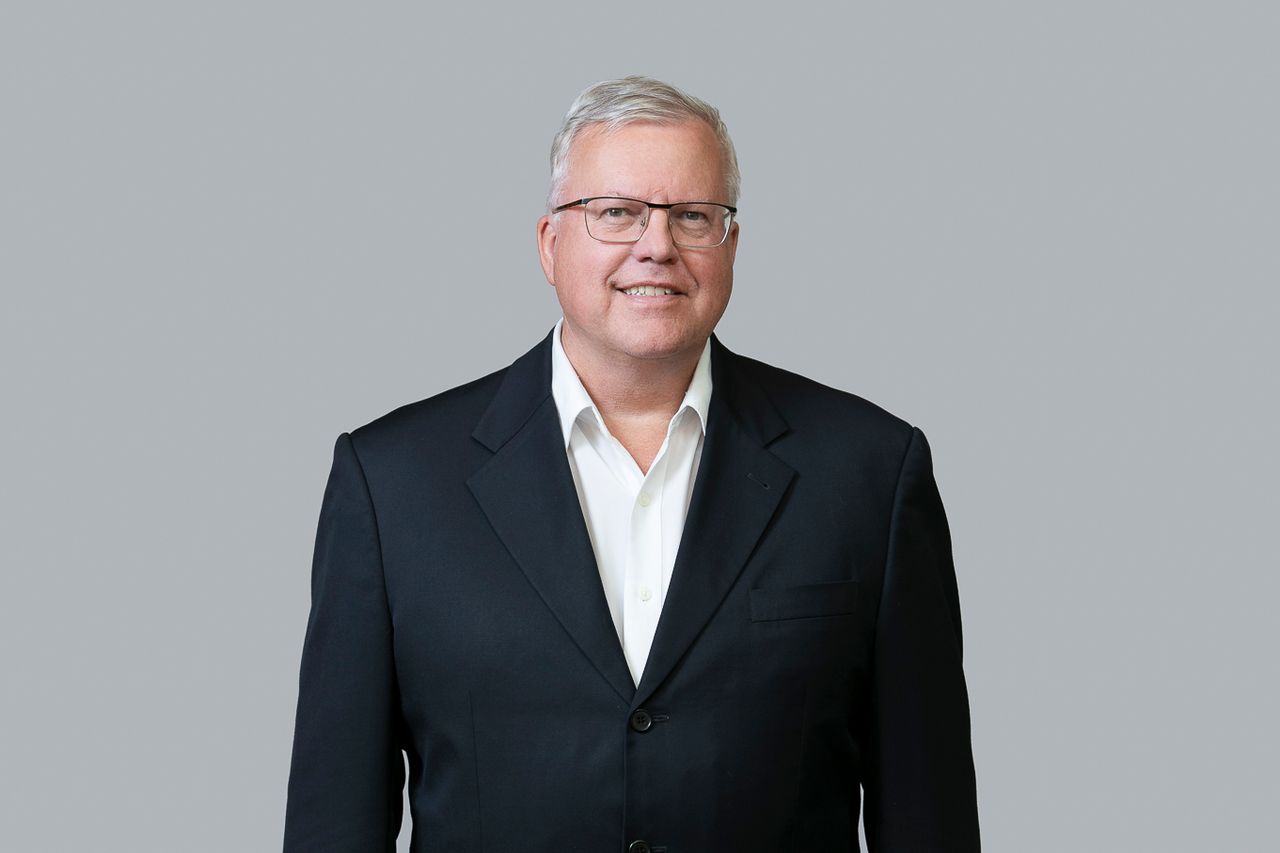News & Insights
A Future for Tall Buildings in New Zealand?
Author

More than 1,000 global professionals from the AEC (architecture, engineering and construction) industry gathered over four days at the recent Council of Tall Buildings and Urban Habitat (CTBUH) conference in Chicago in November. RCP Director and resident tall building specialist Andre Koolen was amongst them. Here he shares his top-four take outs from the forum.
Take out #1: Where should NZ look for guidance?
Questions posed at the introductory plenary were simple: what is the role of tall buildings in the future of our cities, and how do we define excellence in their design, delivery and operation?
Coming from a country with very few tall buildings, but having worked on several in my time living in New York, I was intrigued. Are we having the right conversations in New Zealand regarding buildings’ height, scale and environmental sustainability? And where should we look for insights?
Toronto was cited as an example of a city that has experienced tremendous growth over the preceding 10 years with its developers, planners and designers tackling some notable issues.

Take out #2: Addressing the carbon challenge
Given the conference was held against the backdrop of COP27, environmental sustainability was unsurprisingly front of mind.
Many presenters discussed how the southern hemisphere (particularly Asia, Africa and South America) will be the source of most new tall buildings worldwide over the next 30 years. Meanwhile, the northern hemisphere (predominantly North America and Europe) will need to focus on adaptive reuse and extending the life of its building stock to minimise the significant carbon impacts of construction.
The construction and operation of tall buildings represents an estimated 40% of global carbon emissions and the superstructures of buildings contains approximately 50% of the embodied carbon – facts that were acknowledged by almost every presenter.
Embodied carbon within a superstructure provides scope to rethink more traditional construction typologies. Both timber and modular construction opportunities present an obvious – yet only partial solution in some cases – and both typologies were considered extensively at the conference.
Aotearoa has many questions still left to consider:
Should we investigate more steel recycling and the supply chain for other recycled materials?
Ought more serious consideration be given to hybrid buildings such as concrete frames with cross-laminated timber infill floors?
Can we explore less carbon-intensive materials?
What can be standardised or labelled a ‘kit of parts’ with some controlled variation?
What advanced manufacturing techniques could be employed?
What new materials are being synthesised around the world?
A sustainable delivery strategy should be a fundamental consideration for every building venture in New Zealand, not just signature projects of excellence. We must take a broader view of sustainability than simply achieving a category within a rating tool.
Take out #3: The role of modular & digital
Construction efficiency remains a hot topic so it was encouraging to see some modular projects reaching new heights around the world.
Ten Degrees, a 44-storey, 546 multi-family unit building in South London, is currently the world's tallest . Completed last year, it has two in situ concrete lift cores. Its construction spanned 26 months, with 43 modules produced each week in a factory. But it will soon be outdone by a modular 58-storey tower, which is currently under construction.

In New Zealand we are constrained by a limited supply chain, cost of construction and seismic design issues. That said, significant efficiencies can also be realised by enabling a more proficient delivery strategy.
Investment in a considered digital execution plan at the outset of a project can enhance efficiency significantly. These shouldn’t be confined to the design phase either; digital tools need to be defined for each phase throughout the project lifecycle. Projects need bespoke digital strategies that leverage the building information model. These strategies enable connection and collaboration for project stakeholders by feeding the data captured during construction and occupancy back into the digital twin to assist clients with future development decisions.
Consideration of WiredScore rating systems – a global digital connectivity certification that evaluates, improves, benchmarks and promotes best-in-class connectivity in the built world – also need to be embedded early within the establishment phase.
Take out #4: Culture & diversity
Of equal interest at the conference were the topics that were barely acknowledged or simply not discussed. Diversity and inclusion were sadly lacking in many discussions. Further, acknowledgment of culture as a foundational aspect of many decisions regarding built form was absent. Local culture may be a tenuous topic at a global conference, but many presentations did not even acknowledge it in the establishment of projects. Arguably, these are conversations that New Zealand is taking a lead in.
Ultimately, tackling these broader issues involves both planning and leadership at a project’s outset.
I took confidence from the CTBUH conference that we are, but it is incumbent on all of us operating within the AEC industry to continue to look more broadly and explore lessons learnt by countries in the northern hemisphere.



